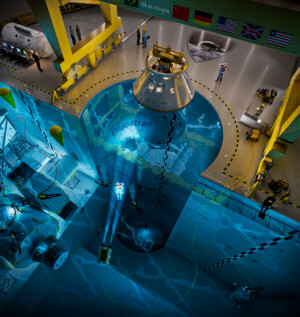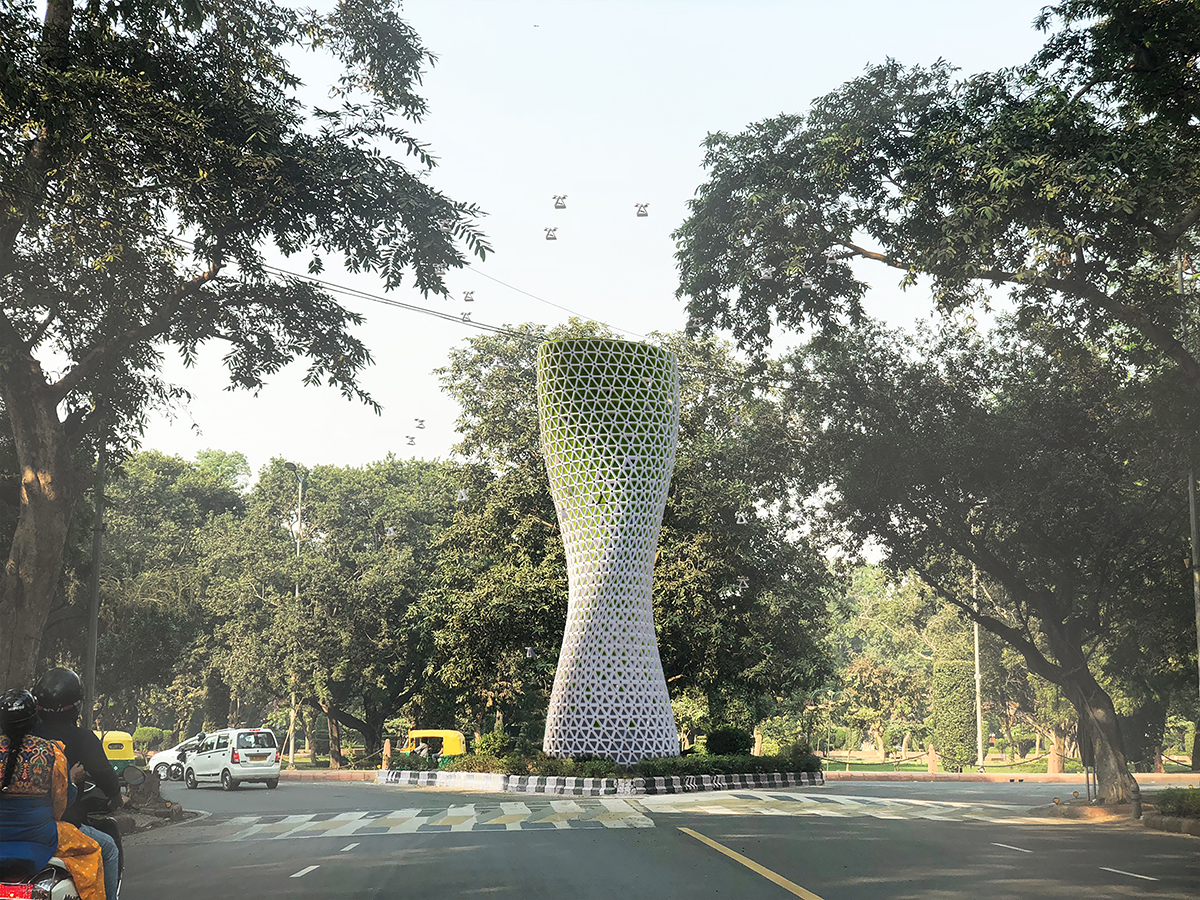The construction industry has had a tricky relationship with innovation. While it is well positioned to take advantage of technological advancements, it has been slow to adopt new technology, often choosing a reactionary approach over a progressive one. “In the past, regulatory changes drove a lot of innovation, forcing buildings to meet new requirements when constructed,” said Jono Millin, CPO and cofounder of drone mapping software developer DroneDeploy. However, he suggested that increasing costs, growing inefficiencies, a dwindling talent pool, and demanding clients are the new drivers for innovation. As a result, technology is finally replacing outdated workflows—saving time and money for construction management companies. In fact, Millin notes that construction was one of the top five drone adoption industry leaders in 2017.
Today, drones are making it possible to conduct site safety checks before workers are on-site, catch design conflicts early, and track progress to site plans so that project managers can stay schedule. “Construction teams are using drones to generate collaborative maps and 3-D models, leverage data from high-resolution point clouds, and even create accurate contour maps,” Millin said, noting that industry leaders like Brasfield & Gorrie, Beck Group, and McCarthy Building Companies are using drones to improve safety and communication between the job site and headquarters.
The recent proliferation of new models has driven down hardware prices, making drones an affordable investment. But beyond cost and necessity, the current most promising aspect of drone technology is its ability to provide real-time job site data to any mobile device. With the launch of Live Map earlier this year, DroneDeploy introduced a first-of-its-kind feature that gives drone operators real-time maps in the field on an iOS device.

How It Works
According to DroneDeploy, users plan a flight and take off. The maps can render on-screen during flight without the need for internet or cellular connection. With Live Map, construction professionals get an aerial view of their job sites, fields, or projects in seconds and instantly create maps, enabling them to make real-time decisions for better reporting, planning, and safety.
“By producing a real-time map of a large construction or solar project, I can stay on top of site progress by counting solar arrays or monitoring progress,” said Ryan Moret, a field solutions manager at McCarthy Building Companies. “Live Map helps me end each day with confidence knowing where a project stands and what our subcontractors have completed so that we can provide the best product for our clients.”
While the construction industry will see immediate gains from this technology, its potential in real-world applications is equally valuable and potentially life saving. Whether it’s coordinating disaster response or assisting authorities in locating missing persons, live drone mapping represents innovation at its best—and the construction industry is out in the lead for a change.











